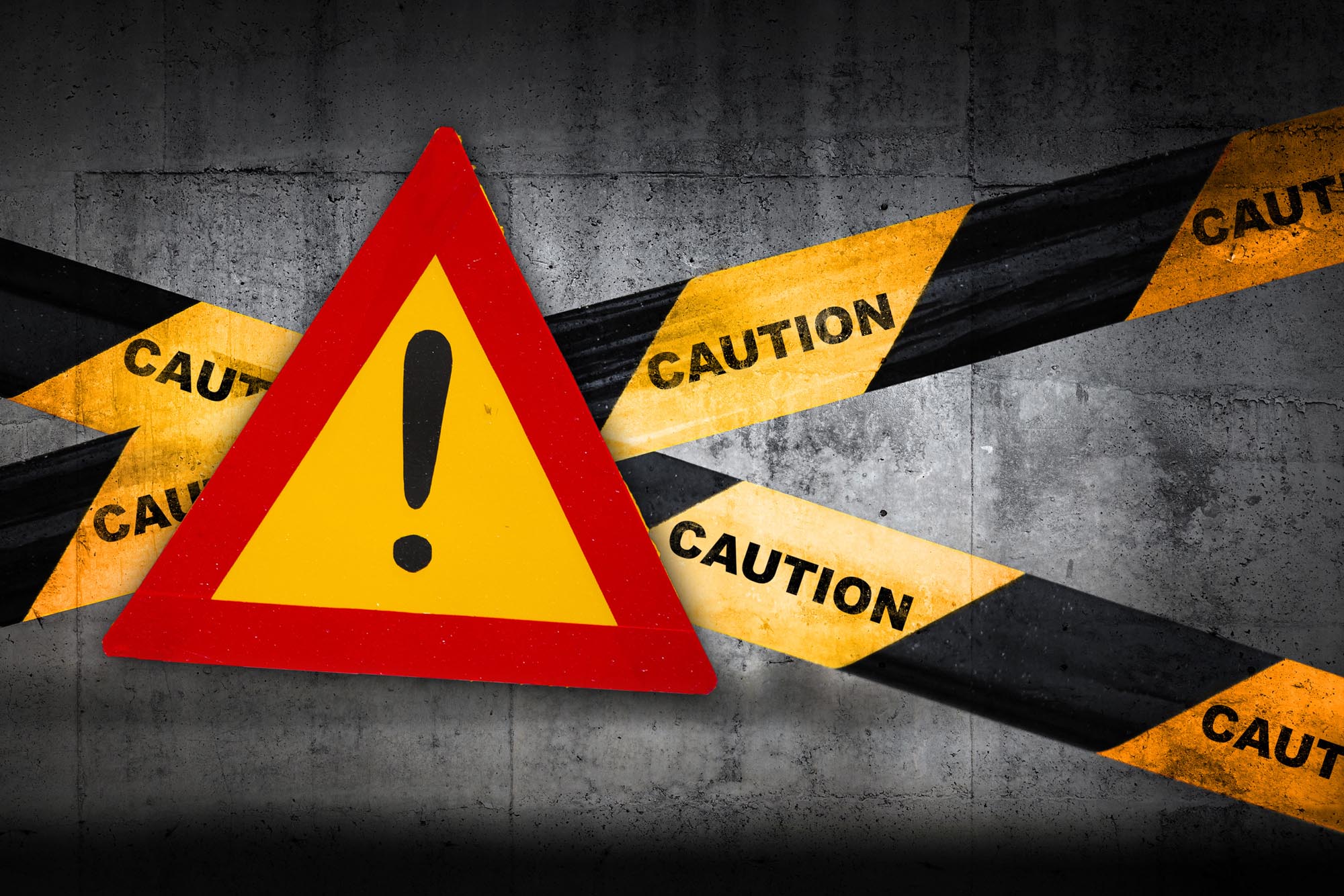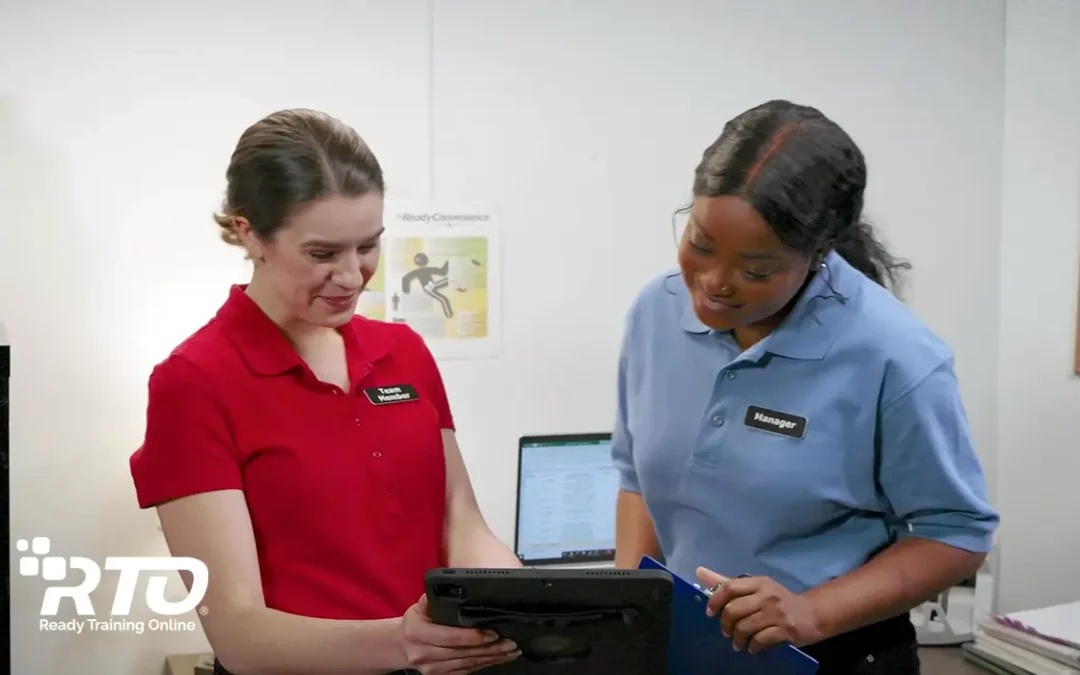You may not think of your convenience store job as a particularly messy one, but the truth is, accidents happen. And when they do, cleaning up falls to you and your staff. Some clean-up tasks are pretty straightforward. If a customer dumps his fountain drink, that’s an easy mess to handle. But what if that customer has an out-of-control bloody nose? Or someone has an unpleasant accident in the restroom? Or a child throws up in the candy aisle? Cleaning up bloodborne pathogens and other bodily fluids requires special precautions and cleaning procedures.
Bloodborne pathogens are infectious microorganisms in human blood that can make you sick if you’re exposed to them. Hepatitis B, hepatitis C, HIV, norovirus, and many other diseases are transmitted through blood or bodily fluids. Of course, not all accidents involving blood or bodily fluids carry dangerous disease pathogens, but all such accidents could put your own health in jeopardy. As with all things related to employee safety, training for you and your convenience store staff is the best way to limit your risk.
Using a Bloodborne Pathogens Clean-up Kit
Your location’s bloodborne pathogens and bodily fluid spill clean-up kit can protect you from dangerous pathogens. In accordance with OSHA recommendations, items in this kit may include gloves, a face mask, an eye shield, hand sanitizer, germicide, a plastic gown, and a sharps or needles container. Follow these steps to protect yourself while cleaning up an accident that involves blood or other bodily fluids.
- Place warning or caution signs around the area.
- Put on the gown, face mask, eye shield, and gloves from your kit.
- Use disposable paper towels to clean up as much of the mess as possible. Blot rather than wipe messy areas.
- Disinfect the area with the cleaner or disinfectant from the kit or any disinfectant that adheres to FDA standards.
- On a hard floor surface, use a mop along with an FDA-approved disinfectant.
- On carpeting, use disposable towels to quickly blot fluids from the fabric. Then disinfect by spot-cleaning with a non-bleach disinfectant.
- Once the spill has been cleaned and the area disinfected, dispose of all contaminated material using the red biohazard bag from your kit and according to your company policy.
The safety of you, your employees, and your customers is the top priority. Always remember, call 911 in the event of health emergency.
Online Training for Blood and Bodily Fluid Clean-up
Use the Handling Bodily Fluids and Bloodborne Pathogens online training course to prepare your staff. Click here for a preview and more information.





